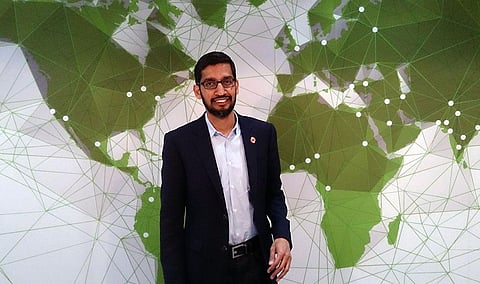
- Home
- न्यूजग्राम
- India
- World
- Politics
- Entertainment
- Culture
- Lifestyle
- Economy
- Sports
- Sp. Coverage
- Misc.
- NewsGram Exclusive
- Jobs / Internships

December 13, 2016: The number of Indians immigrating to America during the early 20th century was just a few hundred people. For xenophobes, that was obviously unbearable and in 1910, a government commission concluded that Indians were "the most undesirable of all Asiatics".
NewsGram brings to you current foreign news from all over the world.
Today, probably the most successful minority group in the country is the Indian-born Americans as compared to other big foreign-born groups. They are comparatively successful, richer and very well educated. The first major study of how this whole transformation happened is well analysed in "The Other One Percent".
India's diaspora is vast and is spread across the world. After Britain abolished slavery, in the colonial times, many moved as laborers in order to build the east African railway. And after 1990, many moved to America when America's immigration rules were relaxed.
According to The Economist, today, "half of all motels are owned by Indians, mainly Gujaratis. Whereas, Punjabis dominate the franchises for 7-Eleven stores and Subway sandwiches in Los Angeles."
NewsGram brings to you top news around the world today
In the tech industry, a quarter or more of the Indian-born workforce is employed. Not just that the tech start-ups mostly have Indian founders but also in the big firms Indians have made a place for themselves. Satya Nadella, the Microsoft's boss, was born in Hyderabad, India. Also, Sundar Pichai, who runs Google is from Tamil Nadu.
The "The Other One Percent" however avoid explaining Indians' success in America through their particular culture. Instead, it argues how "Indians cannot walk across a border to America due to different reasons like caste, class and only those who all have above average financial condition can afford to move to America.
It doesn't even highlight how the gilded corner of the diaspora influences India.
According to The Economist, "The American-educated children of India's governing elite probably helped push India to open up its economy in 1991. The tens of billions of dollars of income earned in America by India's big technology firms is crucial for its balance of payments. And a new generation of entrepreneurs who have led a boom in e-commerce in India in the last five years is almost all American educated, or have worked for American technology firms."
Check out NewsGram for latest international news updates
If Donald Trump clamps down on immigration in America, the mutually beneficial will surely slow down.
prepared by NewsGram team
